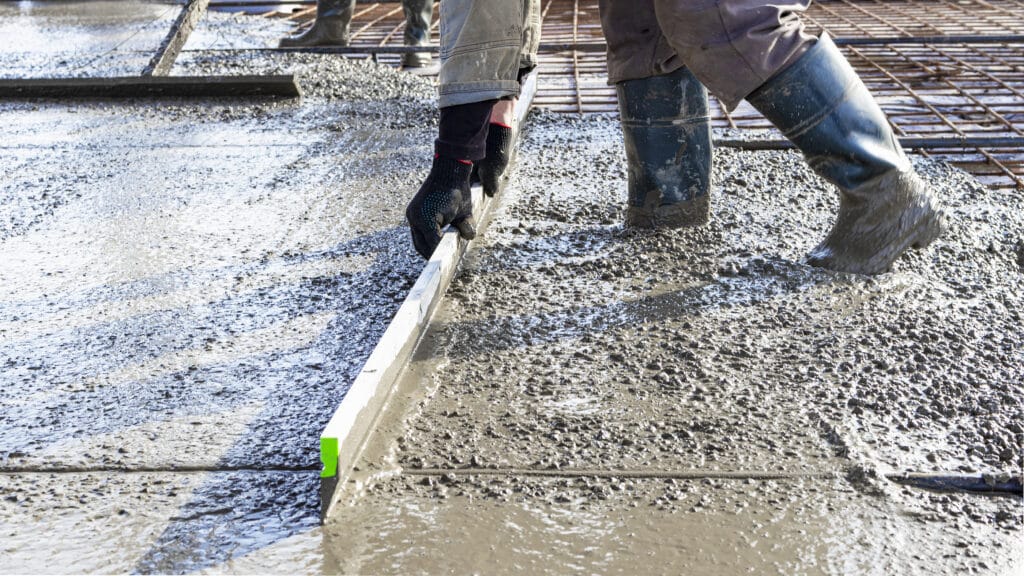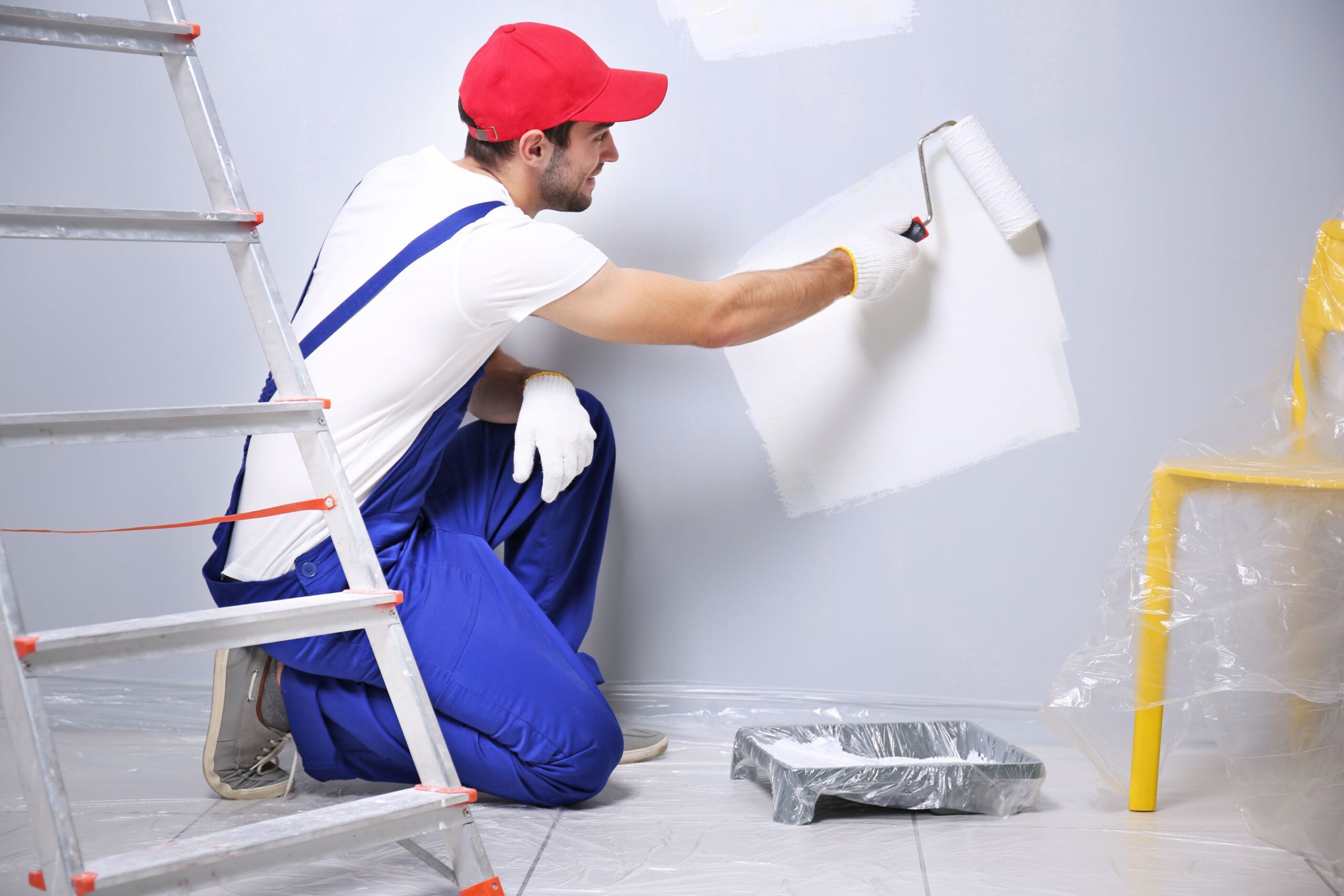Painters Brisbane applies paints, stains and coatings in new construction or remodelled spaces. They must be deft and able to work in various heights and spaces while observing all safety measures.
Search engines are a great way to find local painting companies. Often, these websites offer reviews and ratings for local contractors.
Preparation
A house painter is a person who applies various finishes to interior and exterior structures for decorative and protective purposes. They examine surfaces and estimate project costs, mix paints to achieve the desired shade, and use manual and computerized equipment to apply paints and other materials. Other duties include removing outdated finishes, cleaning surfaces and maintaining painting and decoration equipment.
The preparation stage is crucial to a painter, as it determines how well the final product will turn out. A skilled professional understands that a clean surface is essential for an impeccable outcome, so they always wash walls before applying any primer or paint. This includes wiping down surfaces, scrubbing away stains, and even pressure washing when necessary.
Another important prep step is putting down drop sheets to protect floors and furniture from paint splatters. They then tape the edges of the room, around windows and in crevices to prevent paint from splattering. Finally, they remove any electrical outlets or switches from the wall to prevent them from being smudged during the paint job.
After preparing the area, painters wash the walls with mild detergents or special cleaners to achieve a smooth finish. They also apply caulk to any cracks or holes in the wall, making sure that they are smooth and free of debris. This step is crucial because it allows the new coat of paint to adhere properly and last longer.
The house painter will paint in layers, depending on what the client wants. They will also use different tools, such as brushes, rollers and spray guns. In some cases, they may have to sand or scrape the surface prior to adding new layers of painting. This is especially common with older homes or buildings that have been previously painted or covered in wallpaper.
The work of a painter requires attention to detail, as well as good problem-solving skills. They work alone without supervision and must manage their time well. They must also be able to follow instructions and blueprints when working in a building or structure.
Painting
The process of painting is the application of paint, pigment or another medium on a surface. It can be used for both decorative and practical purposes. People have been using paint for thousands of years to express themselves, and it remains a popular form of art. Some painters create abstract art while others use their skills to recreate real-life scenes and places. Painting can be an excellent way to decorate any space, whether it’s a portrait or mural.
To complete their work within budget and on time, a painter must pay attention to every detail. They also need to be able to work well under pressure and remain calm in stressful situations. These skills will allow them to handle any challenges that may arise during the painting project. They should be able to communicate clearly and take decisions quickly.
Painters may work indoors or outdoors, depending on their job. They can also be required to perform a variety of tasks, including cleaning up after each use of equipment and materials. They must be able work in any weather and be able lift and carry heavy objects.
Before hiring a house painter, be sure to check their credentials and references. You can also visit their past projects to see for yourself. This will help you choose the best contractor for your project.
You should also ask about the type of paint and supplies they use. It is important to find a painter who uses high-quality products and offers competitive prices. You should also check if the painter is licensed and insured.
Painting can be a relaxing and therapeutic activity for children. It can also help improve fine motor skills and visual perception. It is best to use nontoxic and washable paints. It is also a good idea to provide your child with a small brush and a sponge, so they can practice their painting techniques.
A good painter uses drop cloths to protect floors from paint spills. They will also lay down a protective canvas or mat to prevent staining of the floor beneath. This is an essential step, as it can prevent costly repairs in the future.
Finishing
Painters work on residential and commercial projects. They may do a variety of jobs, including prep work, painting, and clean up. They are often required to follow the instructions and work orders of supervisors or homeowners. They use different tools to repair cracks and joins, including caulking knives and putty guns. They also cover surfaces with drop cloths and masking tape to protect them during painting. Painters sometimes use sandpaper and scrapers to smooth surfaces before applying a finish coat. Primer and sealers are used to prepare new surfaces.
The final stage of a painter’s job includes cleaning and touch-ups once a project has been completed. The house painter also has to remove any plastic or dropcloths and clean surfaces. They should also make sure any furniture is moved back to its original position and that there are no holes or scratches left behind from their work.
A reputable house painter should be able to give you a detailed timeline of how long it will take them to complete the job. They should also provide you with a price estimate before the work begins and be willing to guarantee their work.
Some painters are part of a union apprenticeship, which helps them to develop the skills they need to be successful as professionals. Others choose to work as independent contractors or for a small company with a few employees. Some painters work for large construction firms, but this can be a less stable career.
If you’re interested in becoming a house painter, you should have the following qualities:
Manual dexterity is important for this job because you must be able to move your arms and hands quickly and precisely when applying paint. It is important to have physical strength, especially when working on ladders. To help you in your work, you should have good hearing and vision. You should also be able to communicate well with customers to understand their expectations and address any concerns that may arise.
In addition to these skills, you should also consider earning a professional certification from an organization that offers these credentials. These will demonstrate that you have the necessary knowledge and experience to do a quality job.
Cleaning
Painting is messy, and it’s not uncommon for a house painter to get dust or paint splatters on surfaces such as furniture and floors. A professional painter may cover these items with plastic sheeting or dropcloths to protect them.
Another important aspect of a painting project is cleaning the walls before they are painted. This process is called prepping the walls and involves using mild detergents or special wall cleaners to remove stubborn stains, dust and grime from the surface of a wall. This process helps to ensure that the new coat of paint will adhere properly and create a smooth, even finish.
While many do-it-yourself homeowners and unscrupulous painters may skip this step or clean in a cursory fashion, it’s essential for the success of any painting project. Paint will not adhere to dirty walls, and dirt and mildew will eventually bleed through new paint.
Before applying primer or basecoat, it is important to scrub the walls thoroughly. This will ensure that the paint adheres properly. There are two types of scrubbing – wet scrubbing, and dry scrubbing. Wet scrubbing is done with a brush soaked in water. This method is more effective at removing dirt, mildew, and loose paint from the walls. Dry scrubbing, on the other hand, is used with a dry brush that is not dipped in water and is less effective at removing debris from the wall.
A house painter may also use a pressure cleaner to clean your home’s exterior before painting begins. This powerful tool uses high-pressure water jets to blast off dirt, debris and other impurities from the surface of your walls. This process can help prevent long-term damages caused by dirt, mold, and algae on the exterior of your home.
After washing and scrubbing, the walls will be sanded in preparation for painting. While this is a labor-intensive task, it’s necessary to ensure that the new coat of paint will look smooth and seamless. To sand the walls, a house painter will typically use a pole sander with a fine-grit sandpaper. This process sloughs off sticky dirt, debris, and old paint, deglosses surfaces, and knocks down some of the stipple that is often present on flat surfaces.


